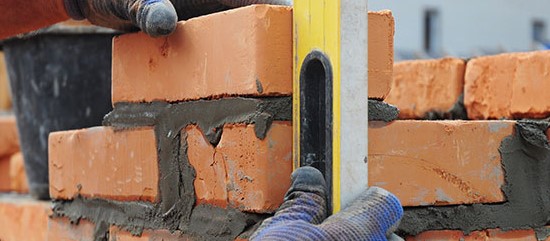If you find yourself getting chilly in the winter and continually reaching for the thermostat, it may be that your home is leaching heat and energy through the walls.

The huge hike in energy prices in 2022 unfortunately looks set to continue; combined with the cost-of living crisis, this is hitting bill payers hard in the pocket. It is also important to make our homes more efficient to fight climate change, with the Energy Saving Trust saying that wall insulation is one of the key measures we can take to reduce our energy usage.
What kind of wall insulation is there?
It is common for houses built before the 1920s to be built with only one layer – the so-called ‘single skin’ walls – as opposed to modern walls that have a cavity between the outer brickwork and inner components that can be filled with insulating material. In many homes, it will be possible to add an internal stud wall to the inside of the property to create a cavity and add insulation; however, this means you will lose some internal space and it may not be possible or desirable in every property. If this is the case, you may wish to opt for exterior wall insulation.
Exterior wall insulation
How does exterior wall insulation work? It is a similar process to internal wall insulation but adds a layer of insulation on the outside walls and creates an exterior finish with cladding or rendering. This means you don’t lose space inside the house and don’t need to redecorate inside.

This is an effective way of insulating single-skin walls, but it may affect the appearance of your property quite dramatically; however, it can be a good option for those who are completely modernising a property.
